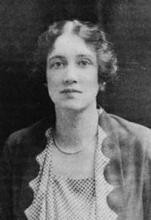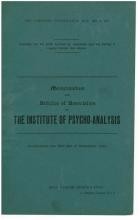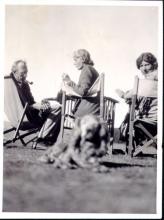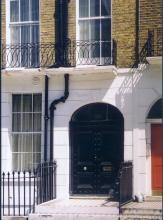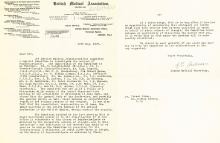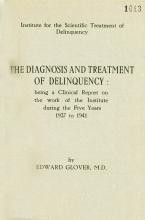After reading Freud, W.H.R. Rivers starts using 'talking cure' on shell-shocked patients
After reading Freud, W.H.R. Rivers starts using 'talking cure' on shell-shocked patients
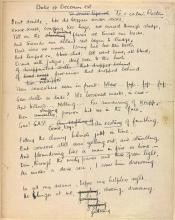
After reading Freud, W.H. R. Rivers, army psychiatrist at the Craiglockhart War Hospital, Edinburgh, begins using the ‘talking cure’ to treat shell-shocked patients. His most famous patient, the poet Siegfried Sassoon, will become one of the most famous cases in the history of psychoanalysis in Britain, as well as an archetype of the WWI shell-shocked soldier.
Image: Original manuscript of Sassoon's poem "Dulce et Decorum Est"

